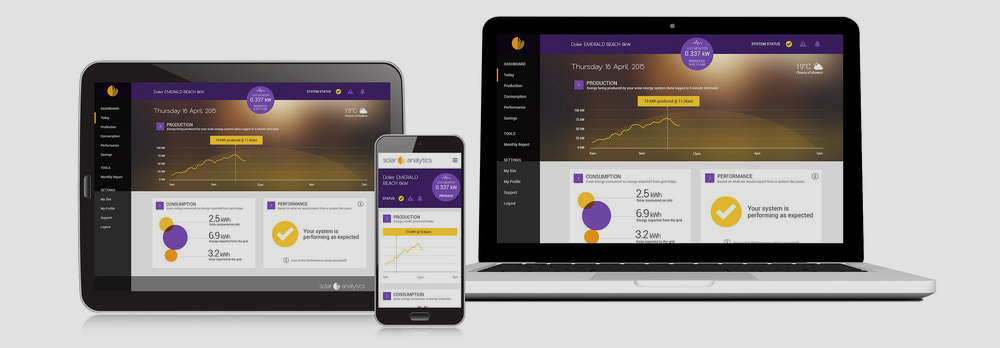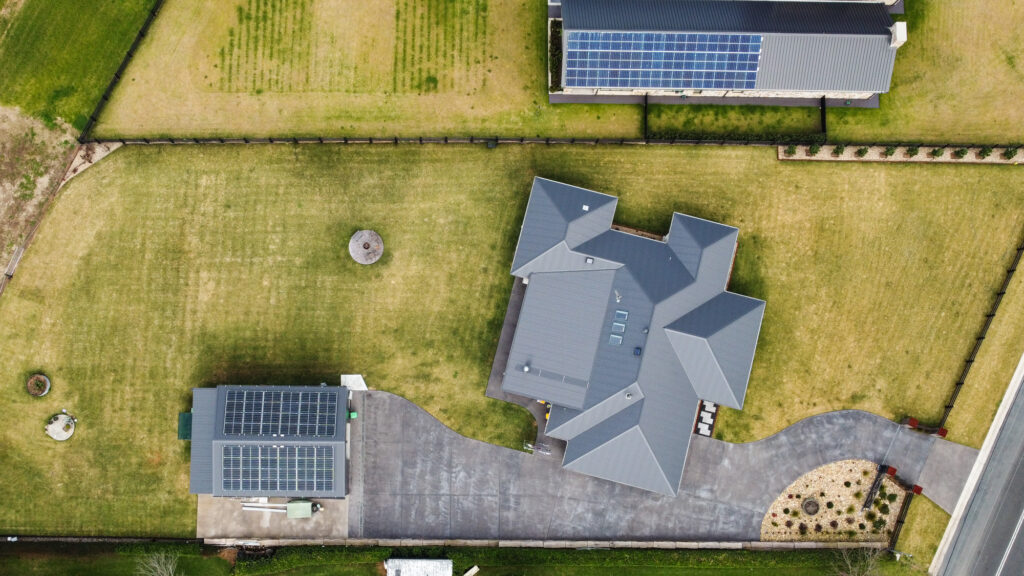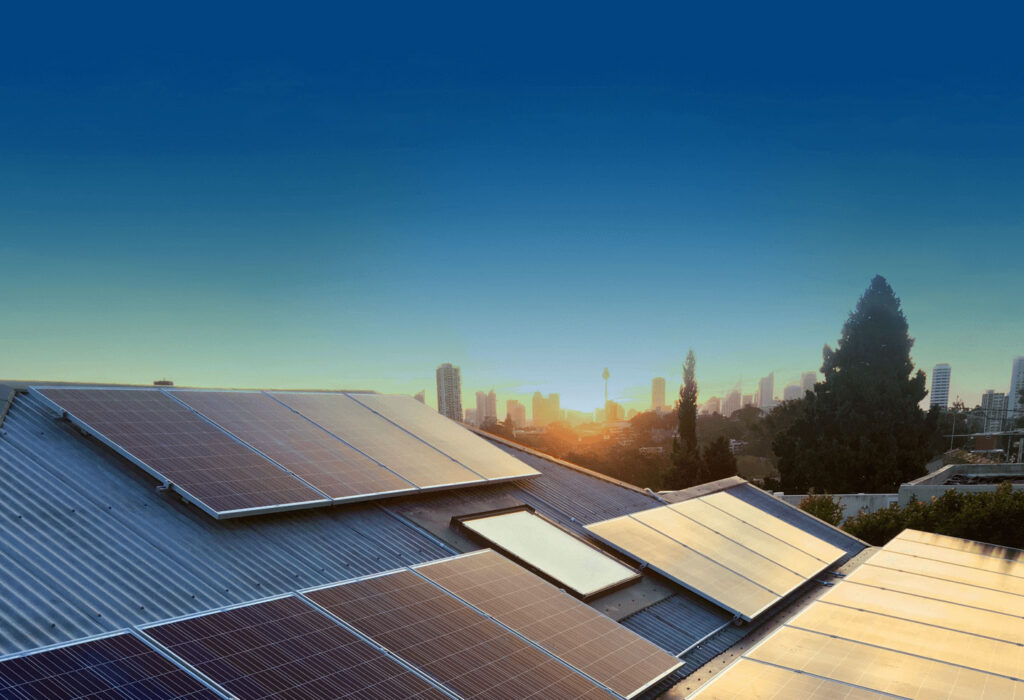Search the internet for “buying great solar” and you will be swamped with claims and hyperbole about which products are best.
The heart of a solar system is made up of two key components – solar modules to generate energy and a solar inverter which manages safety and power conversion. So how do you really choose the right products? Which ones are the best?
Here’s the good news – if you choose a reputable and professional solar installer you don’t need to worry about choosing the right products because your installer will do that for you.
Simply put, a great solar installer will invest a huge amount of their time and energy researching products, technology, and background details because their reputation depends on it.
Let us explain what’s involved, starting with solar panels
Solar panels all share the same basic design – silicon cells encased in plastics and glass with an aluminium mounting frame and an electrical junction box. Around 85% of the worlds solar panels are made in China today after they set out (very successfully) to become the worlds pre-eminent supplier of this technology.
Whilst this sounds simple enough, there are plenty of horror stories about poor quality plastic encapsulation delaminating and destroying solar panels after just a few short years. High iron glass is cheaper than low iron glass but will reduce light transmission and some of the biggest solar recalls have been caused by cheap junction boxes that fall off or worse still, cause fires because they weren’t assembled well. Shoddy or cheap assembly lines will produce highly variable quality.
Materials really matter
Silicon solar cells are at the heart of the solar panel and again, there are high and low-quality cells (budget brands sometimes use reject cells from other manufacturers!) and this is also where technology constantly evolves. A great solar installer will choose a manufacturer who has demonstrated ongoing investments in R&D and uses the latest techniques to make high quality solar cells. They don’t necessarily have to be the most efficient money can buy but do need to be a good compromise between price and performance.
Lastly, choosing a good solar panel is also very much about who is behind the brand. Great solar installers will check and monitor a supplier’s financial viability, global reach, and size. In Australia particularly, it’s also well proven that a local office means better support and training. Lastly, it’s also essential to understand who is actually importing the solar panels because in law the buck stops with that company when it comes to faults and after sales support.
With all that in mind, all you need to know is we have done our homework and chosen Trina Solar as our preferred solar panel supplier. We stick with them because they pass all our tests and if things go wrong, they support us and our customers.
In Australia, Trina have supplied solar panels to some highly impressive projects like Adelaide Airport and the University of Queensland – further evidence of their reputation and success.
The story is similar with inverters
Like solar panels the quality of components, R&D investment, size, reach, and financial viability of inverter manufacturers is critical to understand.
Inverters are unique because good ones can provide a lot of subtle but advanced features that can maximise your energy generation and savings. It’s also true that different inverter technologies and brands suit different applications better, so it’s common for great solar installers to choose different inverters depending on the site and application.
For example, on sites with no shading and simple roof layouts a well-made string inverter from either SMA or Fronius are our go to solutions, balancing price, reliability, and performance. We’ll decide which one suits a site best depending on system size, whether a monitoring app is desired and other factors.
However, in shaded sites or where string inverter design is not possible, a great solar installer will likely err towards a system that optimises each solar module which is called MLPE (module level power electronics). SolarEdge are our favourite where roof layouts are relatively straight forward and feature a mixture of centralised electronics and module level electronics. They also offer an increasing number of options for EV charging and their own batteries and have some fantastic and innovative technological features, including a great monitoring app.
We also use Enphase inverters which go one step further and moves all the inverter technology into a micro package that is installed right at the solar panel. Micro inverters provide a highly flexible option for complex systems and avoid the need to run DC power cabling around the roof, instead using AC power.
With all this in mind, you can rest assured knowing that we have chosen a small but diverse range of inverter suppliers and technology and will choose the right type for your application.
What else do you need to know?
Now the solar panels and inverters have been chosen for your site, the next step is selecting the balance of equipment to mount it all securely and connect it together electrically.
Once again, we have made this easy for you by doing our research and training to compare different solutions. We use Clenergy mounting systems because frankly, they are extremely well proven, robust, and affordable with amazing design support to ensure they are compliant and suit your roof type, right here in Australia.
We also work with some of the best suppliers for our monitoring apps, fuses, safety switches, cabling, and connectors but it doesn’t stop there. We also make sure our installers are trained in all this equipment, so they know how to install and commission it properly and most importantly, legally and safely for everyone.
So, there you have it. Stop wondering and worrying – choose a great solar installer who has done the hard work for you when it comes to choosing the right products.



